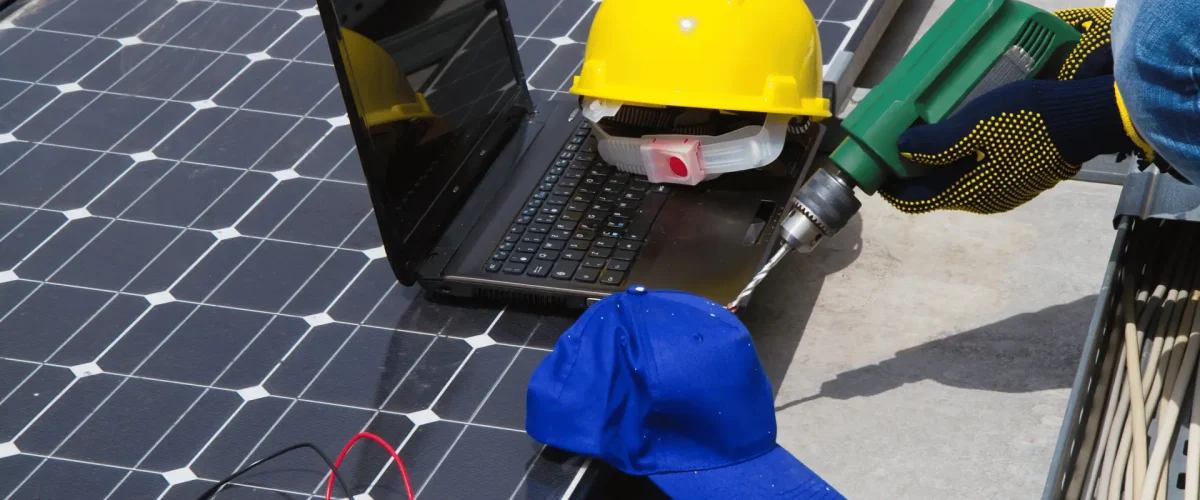With the U.S. still going green, solar energy is a good place to start. Solar energy can be a smart investment to decrease your utility bills, minimize your carbon footprint, or raise the value of your home. However, the most frequently asked question by homeowners is: what are the number of states that offer subsidies for solar installation?
The good news is almost all the states in the U.S. provide some form of monetary subsidy or incentive to support the use of solar.
In this article, we’ll break down:
- States with solar subsidies
- Incentives that may be offered
- The collaboration of federal and state programs
- How to discover what is in your state
What Are Solar Subsidies?
It is important to understand what solar subsidies are before we get into those states that provide these subsidies.
Solar subsidies are monetary programs made to customers by the federal government, state governments, or utility firms to make the installation of solar panels less expensive.
Such subsidies may be in form of:
- Tax credits
- Rebates
- Grants
- Performance based incentives (PBIs)
- Net metering policies
Federal vs. State Solar Incentives
Federal Solar Incentives Investment Tax Credit (ITC)
At the federal level, the U.S government provides the Federal Solar Investment Tax (ITC). This tax credit will enable homeowners and businesses to deduct 30 percent of the cost of installing a solar energy system as a deduction to their federal taxes as of 2025.
- Available in all 50 states
- Covered by residential and commercial
- Valid until 2032 (as of the Inflation Reduction Act)
However, while the ITC is a powerful motivator, there are other subsidies that are provided by numerous states to further reduce costs.
How Many States Offer Solar Subsidies?
The Brief Answer: 45+ States Provide Solar Incentives
Through 2025, more than 45 states in the United States offer some type of subsidy, rebate, or incentive to help make the switch to solar energy.
Although not every state provides identical types and amounts of support, most states have one or more of the following:
- State tax credits
- Rebates by state governments or utilities
- Net metering
- Solar renewable energy certificates (SRECs)
- Exemption on property and sales tax
States with the Most Robust Solar Incentive Programs
Some states are aggressive in supporting solar energy.

The following are some states that have solid programs:
California
- Self-Generation Incentive Program (SGIP)
- Storage incentive and solar rebates
- Net metering policies
- Solar requirements of new houses on a statewide basis
New York
- NY-Sun Program – Provides rebates on solar systems
- State tax credits up to $5,000
- Net metering and exemption of property taxes
Massachusetts
- SMART Program – monthly payments on solar generation
- State income tax credit up to $1,000
- Net metering
New Jersey
- Strong SREC market
- Net metering and tax exemptions
- Exemption on Sales Tax of Solar Energy
Illinois
- Adjustable Block Program (ABP)
- Performance-based incentives
- State rebates and credits
Texas
- Rebates on utilities locally collected (e.g., Austin energy)
- Net metering (depends on utility)
Colorado
- Utility rebates (Xcel Energy)
- Net metering statewide
Types of State-Level Solar Subsidies
Let’s take a closer look at the kind of incentives states can provide:
State Tax Credits
A number of states offer solar tax credits in the same way the federal ITC is offered. These cut down on the state income tax payment.
Example: New York provides a personal income tax credit of up to $5,000 on the installation of solar panels.
Cash Rebates
Other states or utility companies also offer cash rebates on solar installation. They may cost between $500 to a few thousand dollars based on size of the system.
Sample: Oregon has rebates up to $5000 for residential installation of solar power.
Net Metering
Net metering gives the homeowner an opportunity to sell the surplus solar energy to the grid and get credits on utility bills.
- Offered in over 35 states
- Good net metering programs in states such as California, New York, and Arizona
Solar Renewable Energy Certificates
- Some states have SRECs that are earned by the homeowners in accordance with the amount of solar power that they produce
- These certificates may be sold to the utilities that have to fulfill their renewable energy requirements
- Operating in such states as New Jersey, Maryland, and Pennsylvania
Sales and Property Tax Exemption
- Certain states are tax free on the increased property tax on installing solar equipment, and the tax on solar equipment itself is tax free in other states.
- Exempted property tax may be claimed in such states as Florida, Texas, and Arizona.
- Exemption on sales tax is provided in the states of Massachusetts, New Jersey, and others.
States With Limited or No Subsidies
Most states provide support, but some of them have restricted statewide solar subsidies or none at all.
These may include:
- South Dakota
- Alaska
- Nebraska
- West Virginia
Nonetheless, local utility companies in these aforementioned states can have rebates or incentives, thus, it is worth checking with your local utility provider.
How to Find Solar Incentives in Your State
Use Online Tools:
- DSIRE (Database of State Incentives on Renewables and Efficiency)
- Contains the most extensive listing of the available state-by-state solar incentives
- Energy Sage Solar Calculator
- Proposals provide state-by-state guides and budgets
Contact Local Solar Installers:
Rebates and incentives that are currently available are usually well-known to local companies. They also enable you to apply for them when installing your solar system.


